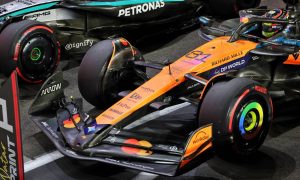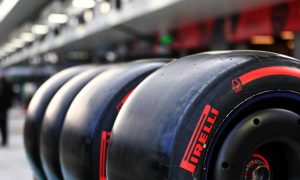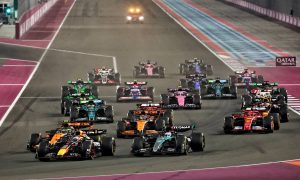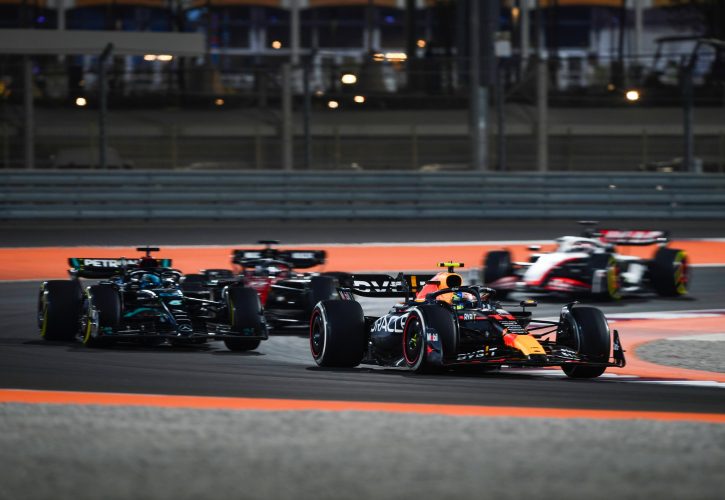
Pirelli does not believe that holding a motorsport event at Lusail ahead of F1’s arrival would have brought to the fore the tyres safety problems that emerged over the Qatar Grand Prix weekend.
Pirelli’s routine analysis of its compounds after Friday’s opening day of running at Lusail revealed lacerations on the sidewall of certain tyres between the topping compound and the carcass cords.
It was quickly established that the damage was caused by the high-frequency interference between the tyre sidewall and the 50mm raised pyramid-shaped outer edge of the track’s kerbs, which were recently built into the circuit.
After consulting with Pirelli, the FIA introduced safety measures for the remainder of the weekend that included a revision of track limits at Turn 12 and 13 as well as a mandated tyre life of 18 laps for Sunday’s race.
After the drama that marked the race weekend in Qatar, Red Bull’s Max Verstappen criticized the fact that F1 was the first series to run at the revised venue.
The Dutchman suggested that another category of racing should have run at the track prior to the Grand Prix weekend to trial the circuit’s changes, and especially its new kerbs.
"Next time that we get into a situation like this, I don't think F1 should be the first one to drive because it looks a bit silly,” Verstappen said.
"[In] FP1 with cars sliding around having no grip, I think it is important when we go to a track where they've put new tarmac that at least it's run in a little. That will then help a lot.
"Also, for understanding the tyres, for example, what we had now. That's why we had these forced, limited laps. So, a few things I think to learn out of this weekend as a whole."
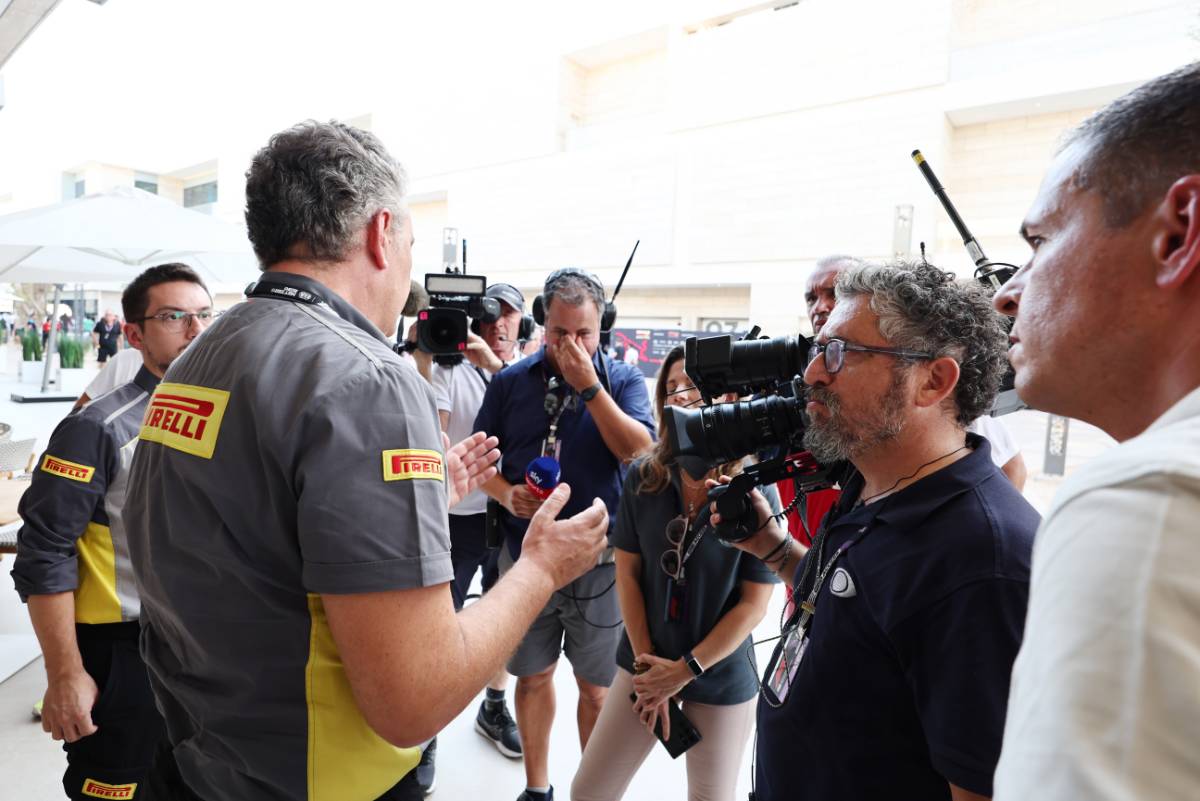
But Pirelli motorsport boss Mario Isola doubts that a preliminary race meeting held at Lusail would have exposed the potential problems that F1 encountered as it was the latter’s unique demands, mainly in terms of downforce, that triggered the issues.
“Each championship is different,” explained Isola. “For example, in the past, we had a few issues with GT cars, because they were cutting corners a lot more than F1.
“Maybe you could organise an international GT event, but then you don't find the same issue.
“So, I'm not sure that organising an international event is the way to fix the issue.
“I prefer to rely on simulation, and see what the output of the simulation is. It is not perfect, but I believe that we have tools that are quite accurate.
“So, if we combine the simulation, with indoor testing and working together with other experts in other areas, I'm sure that we can find solutions.”
Keep up to date with all the F1 news via Facebook and Twitter





